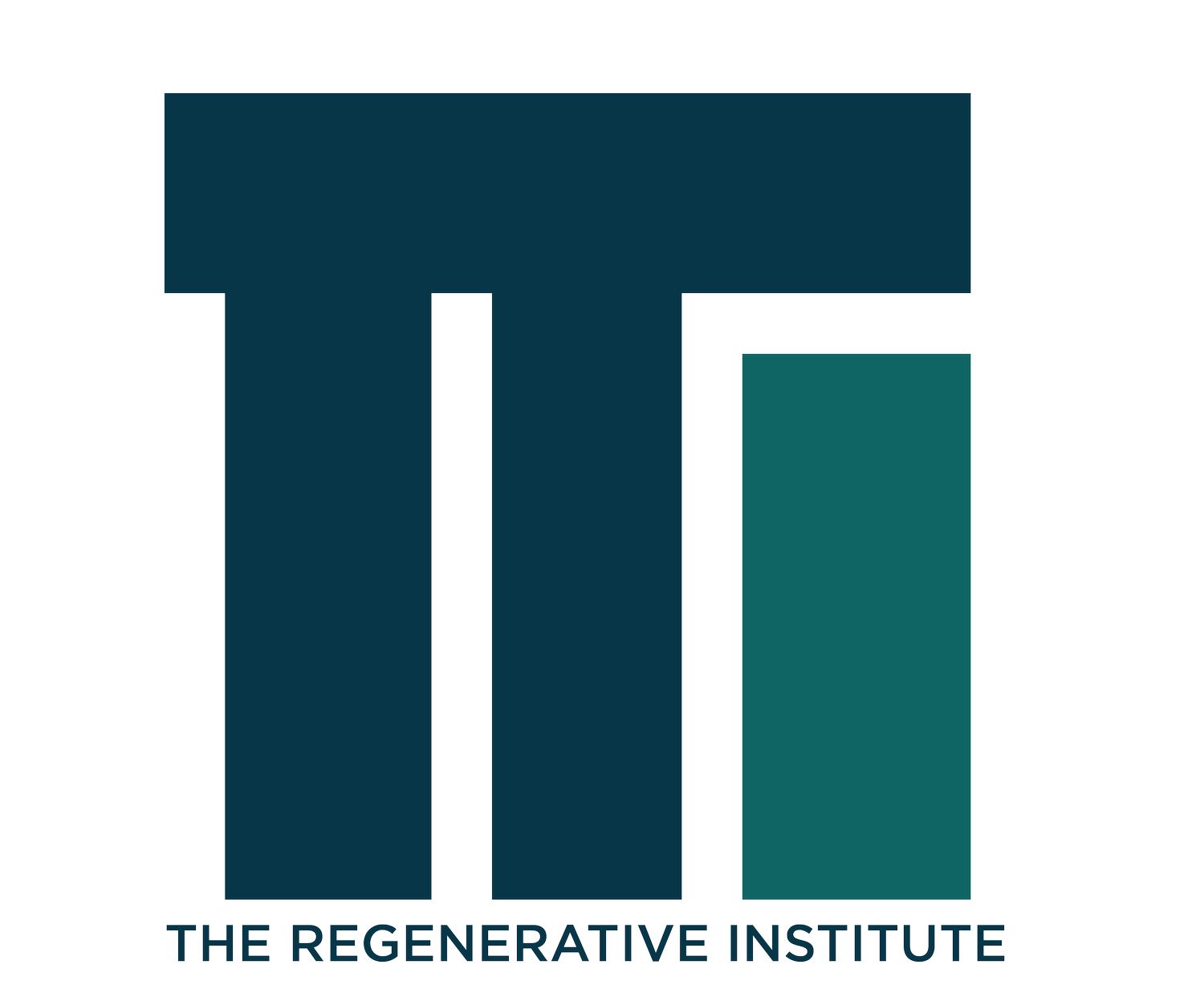Active Recovery After Regenerative Injections: What to Expect and How to Heal Smarter
At The Regenerative Institute, we’re often asked, “What should I be doing after my injection?” The short answer? Active recovery—a thoughtful, progressive return to movement that supports healing without overloading your body.
Whether you’ve just had prolotherapy, PRP, or stem cell therapy with Dr. Jonathan Pasma, DO, understanding what active recovery means—and why it matters—is a key part of your long-term success.
What Is Active Recovery?
Active recovery refers to a gentle, purposeful approach to movement during the healing phase after regenerative treatments. Instead of full rest or aggressive rehab, active recovery focuses on:
Promoting blood flow to healing tissue
Preserving mobility and strength
Avoiding re-injury or overuse
Supporting the body’s natural regeneration process
It’s a balanced path between doing too much and doing too little.
Why Active Recovery Matters After Regenerative Injections
After regenerative injections, your body begins to repair and rebuild soft tissues like ligaments, tendons, and cartilage. This regenerative process is biologically active for several weeks to months, and the choices you make during this time can either help or hinder your results.
Active recovery supports:
Collagen remodeling (critical for strong, flexible tissue)
Joint stabilization through controlled movement
Pain reduction without the side effects of medication
Faster return to full activity
What Active Recovery Looks Like: Week by Week
Below is a general roadmap, but your individual plan will be customized by Dr. Pasma based on your condition and treatment.
First few days: Protect and Mobilize
Focus: Reduce inflammation, support early healing
Activities: Gentle range-of-motion movements, short walks, diaphragmatic breathing
Avoid: High-impact movements, heavy lifting, long periods of inactivity
Think of this as ‘healing in motion.’ We want circulation without stress.
Weeks 2–3: Restore Function
Focus: Light strengthening and motor control
Activities: Bodyweight exercises, stretching, aquatic therapy, low-resistance cycling
Avoid: Deep stretching of injured tissues or sudden directional changes
This phase lays the foundation for tissue strength and neuromuscular control.
Weeks 4–6: Build Strength and Stability
Focus: Progressive loading and muscle activation
Activities: Resistance bands, stability exercises, gentle return to functional movements
Clearance: Activities should be guided by pain tolerance and your provider’s input
Beyond 6 Weeks: Return to Full Activity
Focus: Transitioning back to sport, fitness, or physically demanding work
Activities: Gradual return to pre-injury activities, with targeted strengthening
Monitor: Any increase in symptoms like swelling or pain should be discussed with your provider
Tips for a Smarter Recovery
Listen to your body. Mild soreness is expected; sharp pain is not.
Stay consistent with your rehab and movement routines.
Fuel your healing with good nutrition and adequate sleep.
Communicate with our team if anything feels off.
Support Every Step of the Way
At The Regenerative Institute, Dr. Jonathan Pasma designs personalized recovery plans for every patient. Your active recovery is just as important as your injection—it’s the bridge between treatment and long-term relief.
We’re here to guide you with movement coaching, rehabilitation support, and ongoing check-ins to keep your progress on track.
Ready to Start Healing Stronger?
If you've had—or are considering—regenerative injections, contact us to learn more about our comprehensive recovery plans. Healing doesn't stop at the injection. Let's build strength and resilience, together.



